The Jarrow Crusade: Why a protest from 80 years ago is still so memorable
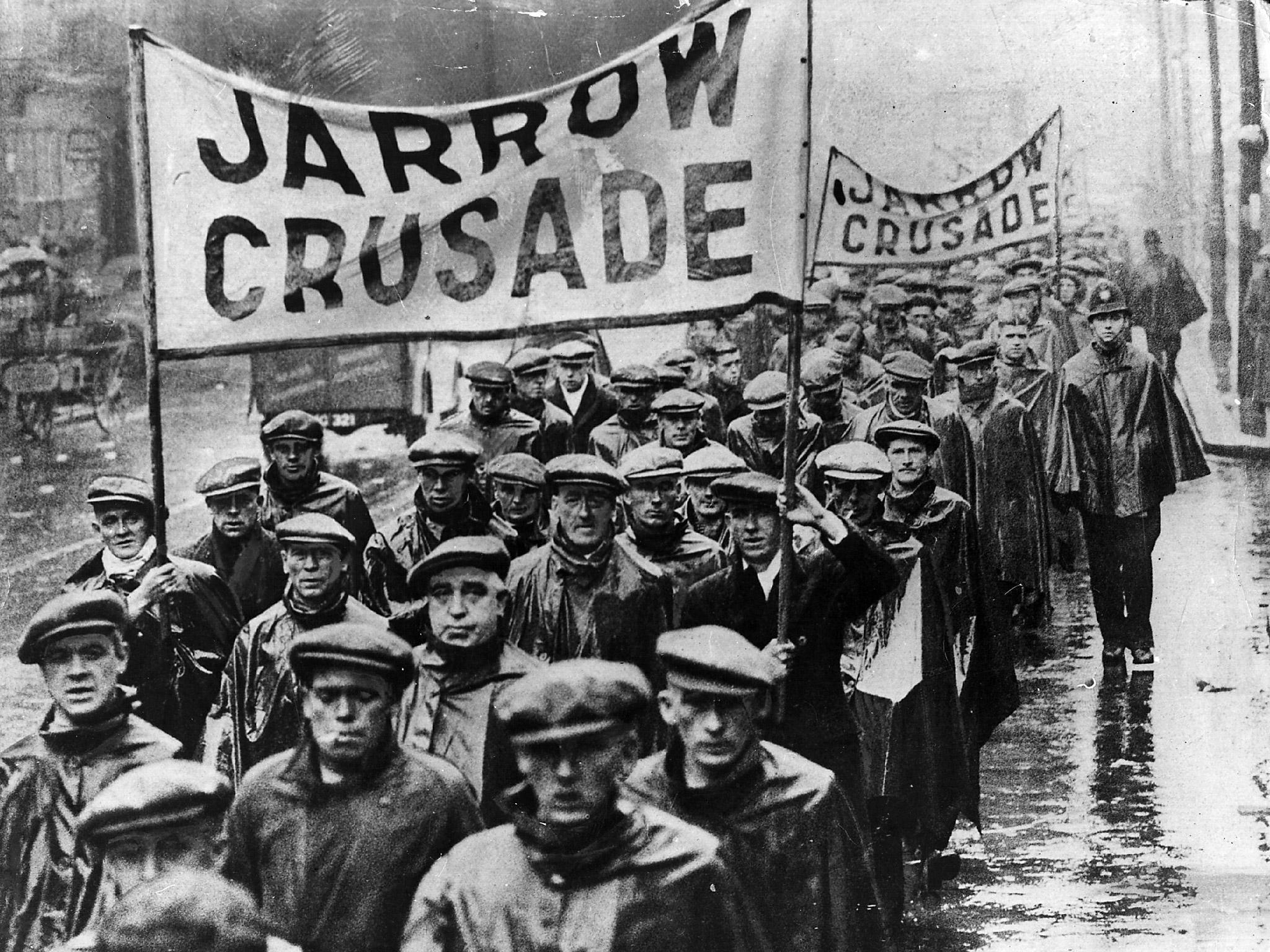
Your support helps us to tell the story
From reproductive rights to climate change to Big Tech, The Independent is on the ground when the story is developing. Whether it's investigating the financials of Elon Musk's pro-Trump PAC or producing our latest documentary, 'The A Word', which shines a light on the American women fighting for reproductive rights, we know how important it is to parse out the facts from the messaging.
At such a critical moment in US history, we need reporters on the ground. Your donation allows us to keep sending journalists to speak to both sides of the story.
The Independent is trusted by Americans across the entire political spectrum. And unlike many other quality news outlets, we choose not to lock Americans out of our reporting and analysis with paywalls. We believe quality journalism should be available to everyone, paid for by those who can afford it.
Your support makes all the difference.Put the search term “protest march” into Google News and you’ll be assailed with a cornucopia of civil unrest, from all corners of the globe.
In India they are marching in protest against the killing of a member of the Hindu nationalist group the RSS. In Malta they’re demanding the morning-after pill be made available over the counter in pharmacies. Students are protesting in Braamfontein, South Africa, and in Germany, football fans from Hamburg staged a march against the promotion of RB Leipzig to the Bundesliga.
It seems like everywhere, at any time, people are prepared to take to the streets to voice their anger or displeasure at something or other. The protest march has achieved a certain ubiquity; so much so that if you live in a big city you may have passed one with barely a thought for what it was they were protesting about, save perhaps a mild annoyance that your road home is clogged or closed.
Why, then, if protest marches are so ten-a-penny, do we still remember the Jarrow Crusade, which was under way 80 years ago this week, as such a force to be reckoned with? Perhaps because – along with the infamous Battle of Cable Street, which also happened in the same year, our lives today have more parallels with the world of 1936 than we might initially think.
Cable Street, in London’s East End, was the scene of vicious clashes between the Metropolitan Police, who were protecting a march by Oswald Moseley’s British Union of Fascists, and various factions of protesters, from anarchist groups to socialists to local Irish and Jewish residents.
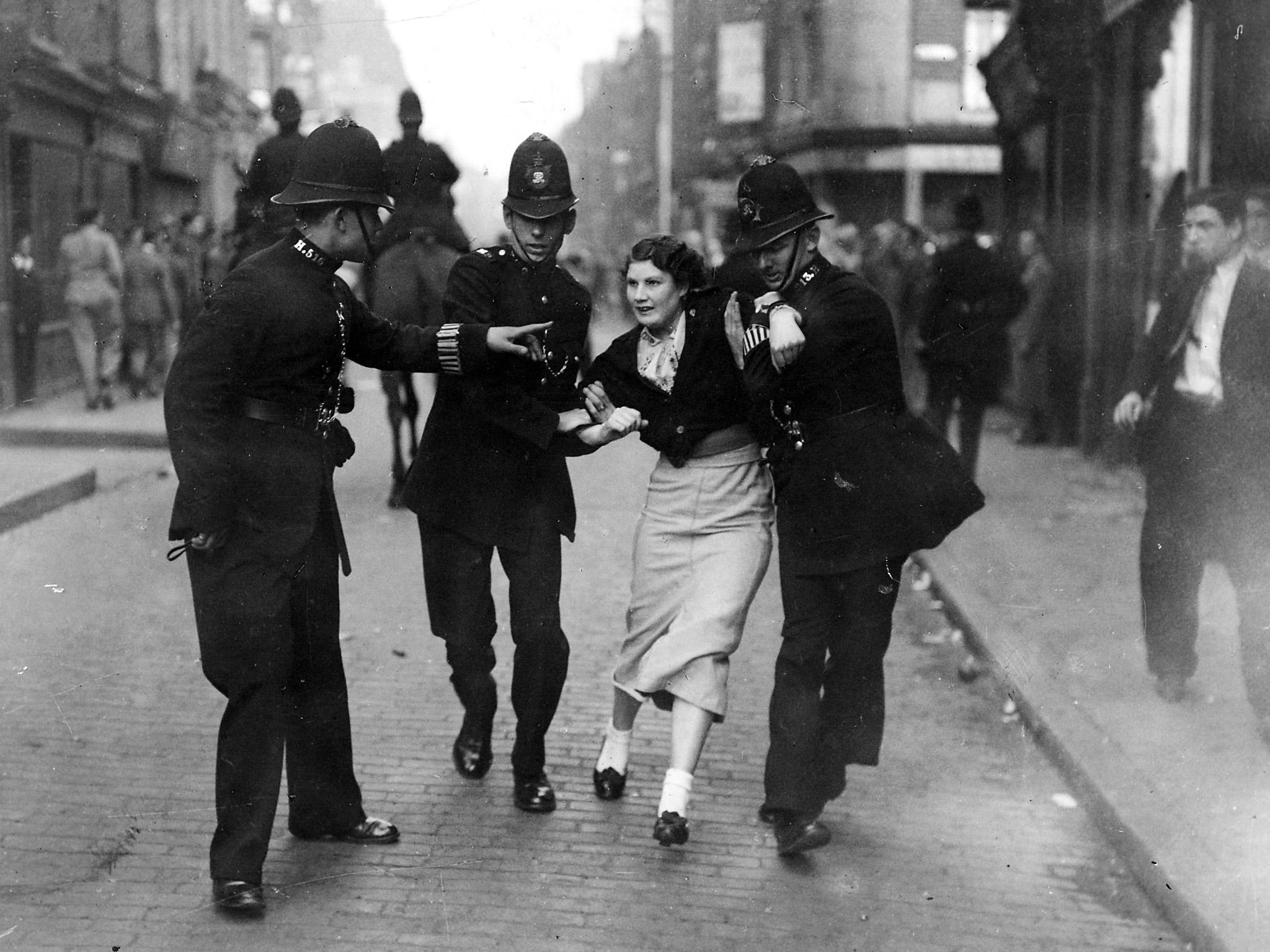
It took place on October 4. The very next day, 200 men embarked on a walk from Jarrow in the North-East to Parliament, to protest against the lack of work that was strangling their community, far away from the introspective gaze of London.
The two events were superficially unrelated, but part of a growing problem of inequality, injustice and the rise of right-wing and fascist tendencies.
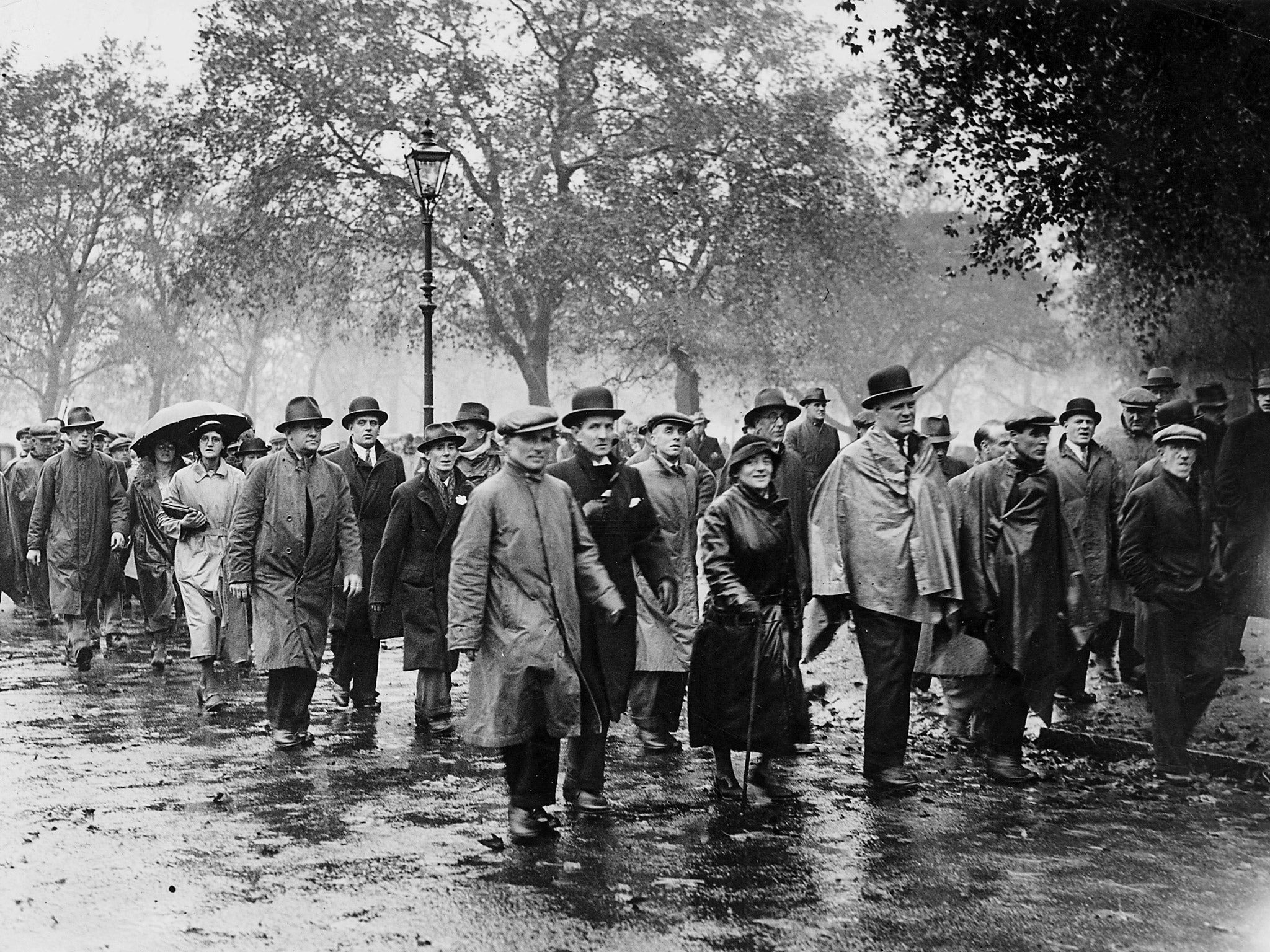
Which, says broadcaster and writer Stuart Maconie, is startlingly similar to the social and political landscape of Britain in 2016.
Maconie is retracing the steps of the Jarrow Crusade day by day, scheduled to arrive in London on the same day that the original marchers did eight decades ago – on Halloween. I catch up with him just about midway through his re-creation, as he arrives in Sheffield.
“In many ways, our society has been completely transformed since 1936,” says Maconie. “In others, life in 2016 is a lot like it was then. We have a Tory government, we have a very febrile situation in Europe, there are very fractious relationships between different sections of our communities…”
He leaves that hanging there for a moment as we both ponder Brexit-era Britain, the rise of racist and nationalist fervour and even physical attacks, and the fact that the eerily similar situation in 1936 led to, of course, all-out and devastating conflict.
But it is not the road to war that chiefly concerns Maconie right now, but the Long Road from Jarrow – the name of a blog he is keeping of his daily travels and also the likely title of a book he will bring out from Ebury, a division of Penguin, early next year, using his re-creation of the journey to draw those parallels between 1936 and 2016.
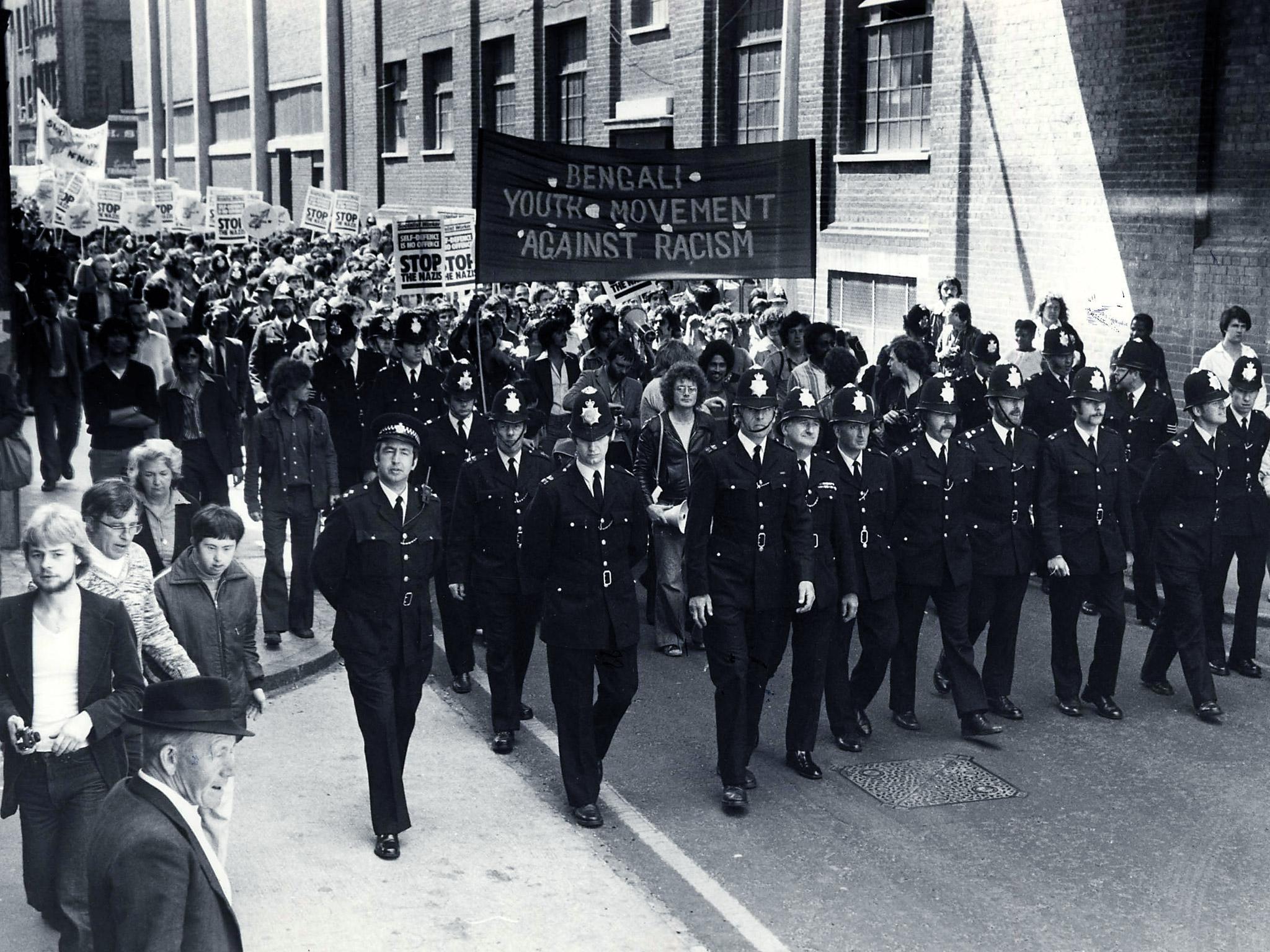
The Jarrow Marchers didn’t invent protest of course – revolutions are almost as old as the idea of government. In the last century and a half we can point to Chicago’s Haymarket riot in 1886, the so-called “shirtwaist strike” in 1909 New York, the Suffragette movement, all predating Jarrow. But something caused the Jarrow Crusade to stick in the public psyche so much that we commemorate it 80 years later.
Maconie says: “Jarrow was about men who wanted to work. It could be argued that the crusade actually achieved nothing, but the very fact that we’re still talking about it means that what they did made an impact. Even if the march only remains alive in the hearts of the Jarrow community, it is something we can all use to warm our hands.
“And I think it can definitely be argued that the Jarrow March did inform the protest culture we have today.”
Maconie himself is no stranger to the protest march – he remembers well taking part in an Anti-Nazi League rally in London in 1978, taking a coach from his native Wigan to march through Brixton to Brockwell Park, where sets from Elvis Costello and Sham 69 awaited.
But does protest actually achieve anything? Even as Bob Dylan is honoured with the Nobel Prize for Literature, does a march down a street in support of this or against that make any difference?
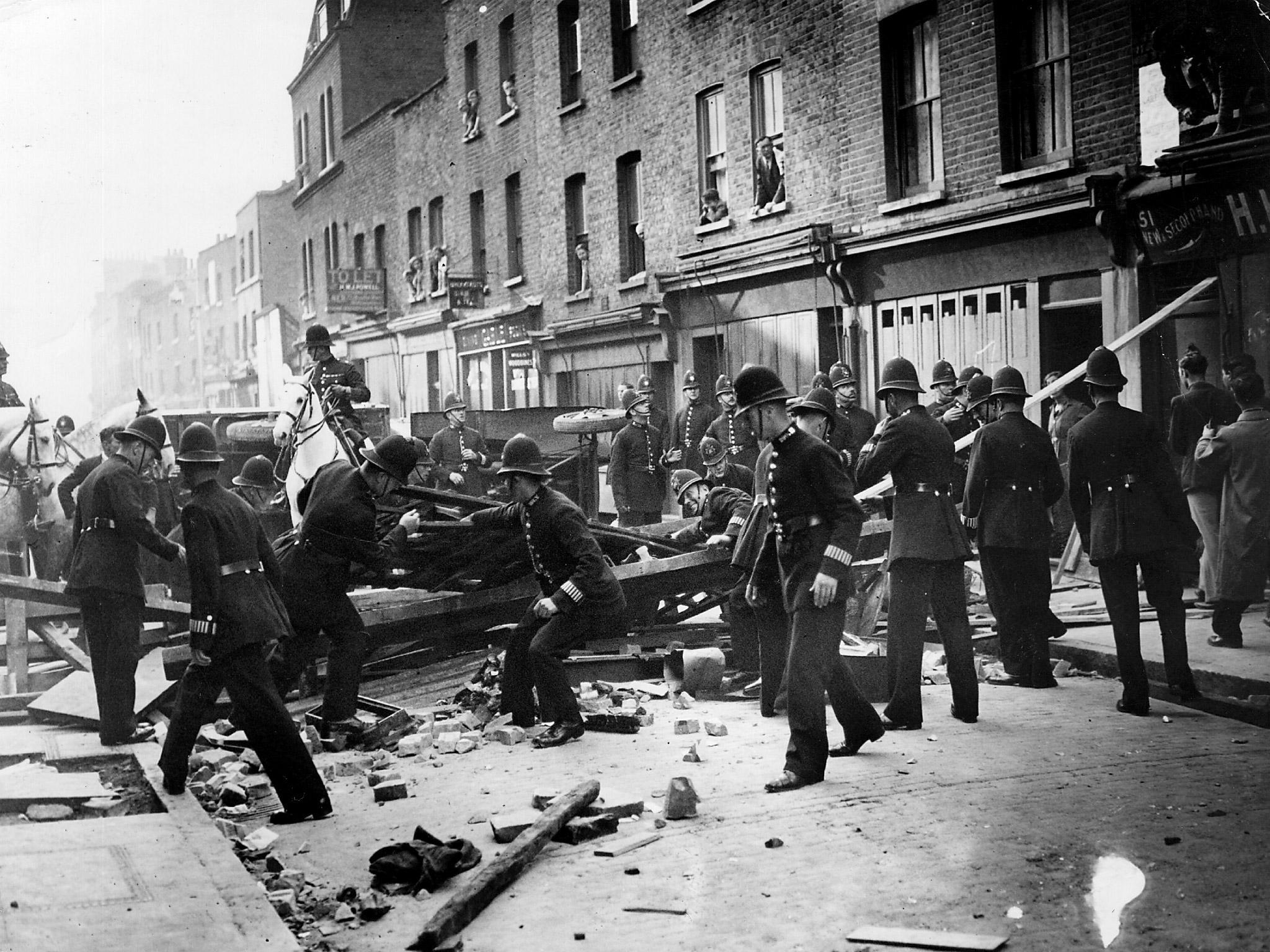
“It’s maybe just students and older people who these days have the actual time to go on a march, holding a flag and walking down a road,” says Maconie. “It might be said that it actually achieves nothing.”
He cites Newcastle University historian Dr Matt Perry’s book on the crusade, The Jarrow Crusade: Protest and Legend, and muses on what he took away from it: “Can it be argued perhaps that change can’t actually be brought about without using some form of force?”
In other words, protest marches are nice, and perhaps make us feel better about ourselves, but without some form of direct affirmative action, are they just a bit of an ego boost?
After all, when the Jarrow Marchers reached London, they were given short shrift. But according to Dr Perry, a Reader in Labour History at Newcastle University, it’s not so much about what they achieved, but the fact that people took notice of them.
He says: “Even 80 years on, the Jarrow Crusade remains an inspiration to people fighting for justice. We live in a world of widening inequality and great injustices so the issues raised by the marchers all those years ago are, unfortunately, still relevant now.”
So perhaps, although protest marches might be full of sound and fury, the enduring appeal of the Jarrow March proves that, by sheer weight of numbers, we can and do make our voices heard. And thanks to the quiet dignity of 200 men who just wanted to work we have today a culture of protest that, while ultimately possibly achieving very little, at least ensures our voices are heard.
Follow Stuart Maconie’s journey along the Jarrow March route at maconiejarrow.wordpress.com
Join our commenting forum
Join thought-provoking conversations, follow other Independent readers and see their replies
Comments